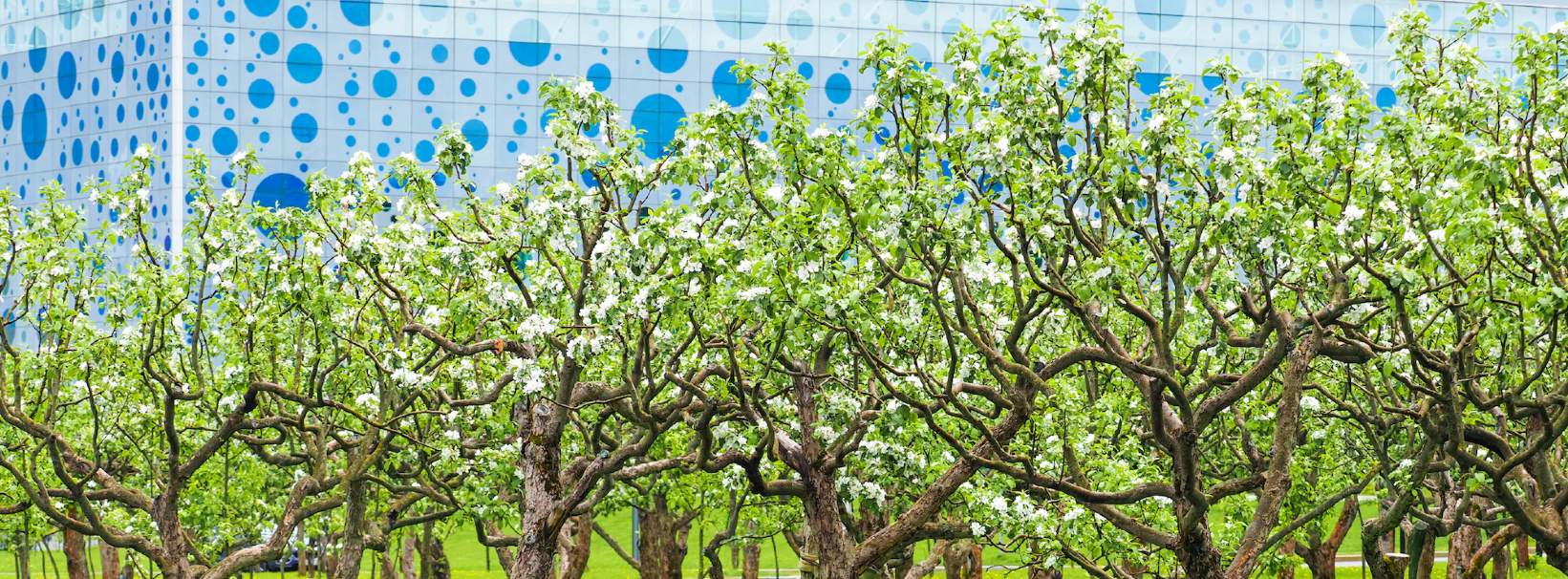Many people want to dig their own vegetable patch in the back garden, and that’s great. But the production and preparation of food can also be brought out onto the streets and into the community.
Everyone knows about allotments, but more recently community growing has branched out in the form of shared herb and vegetable beds, orchards, gardens and the community groups that manage and support them.
Activities around these community growing areas encourage learning, healthy eating, wellbeing, engagement and budding friendships.
The last update to the National Planning Policy Framework required that all new streets have street trees.
Back in 2008 Todmorden in West Yorkshire was one of the first communities (or perhaps the first) to actively encourage fruit bearing street trees that were owned by the community, together with other food growing areas across the town. It’s now grown into the ‘Incredible Edible Todmorden’ initiative. Locals say that it has spawned more than 100 similar initiatives in its wake in the UK, and many more abroad.
King Charles visited Todmorden in 2010 and it’s no surprise that community gardens and allotments have made their way into his development at Nansledan, a new town on the edge of Newquay in Cornwall. Urban Biodiversity, the community interest company formed in Nansledan, runs a flagship project called Newquay Orchard sustained by volunteers. The scheme offers free lunches to the volunteers, and fresh produce is provided through a community supported agriculture scheme. It’s sociable, educational and healthy.
Green spaces serve up all kinds of opportunities for socialising, or sport, for dog-walking, running, reading, or quiet contemplation. We need a wide mix of these green spaces, including natural areas for biodiversity; parks, gardens, and sports pitches; but also productive areas that deliver health and community benefits.
On their own, these areas do not create financial value either for those growing food, or for the developers designing and planting them, but they create huge social and community value. Savills research has shown that the early delivery of open space and the generation of strong communities can uplift housing and land values by up to 40 per cent.
Ultimately edible streets are not only good for your mind and body, but for so much more.
Further information




.jpg)
.jpg)
.jpg)
.jpg)
.jpg)

